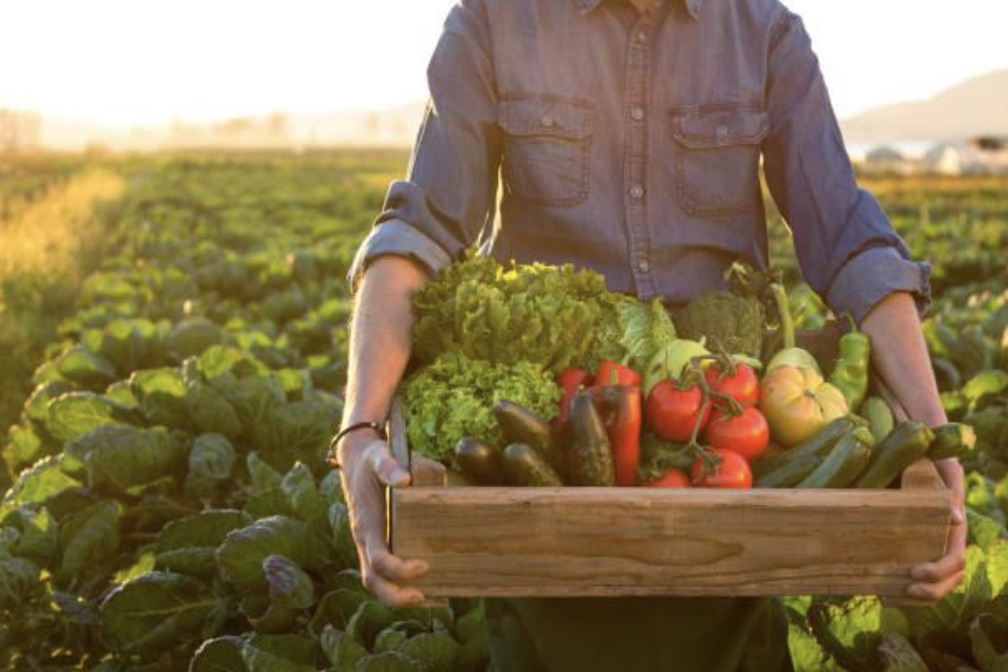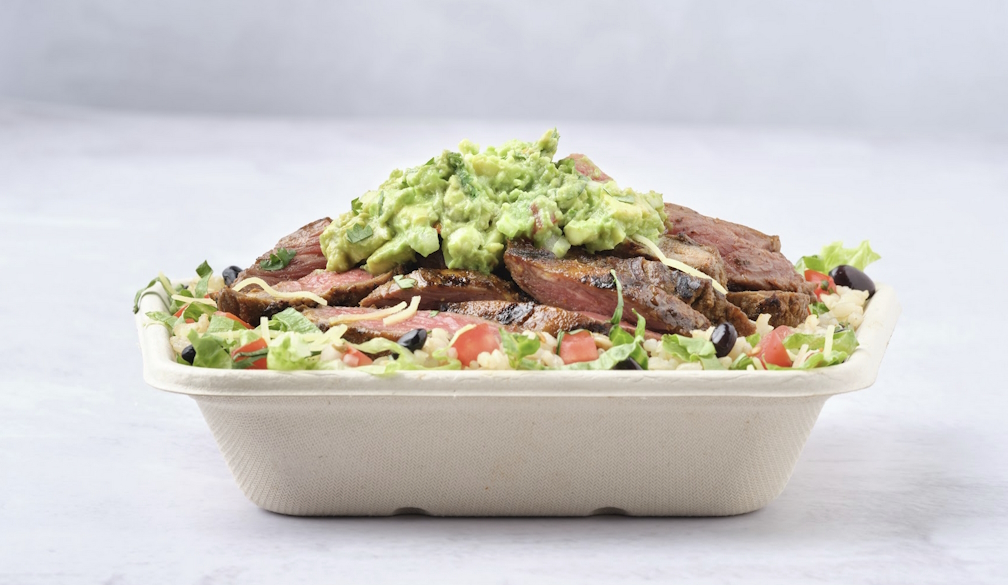
Food delivery has undergone an exquisite transformation over the years, mainly in towns like Brisbane, where it has emerged as a cornerstone of city life. From humble beginnings to today's tech-driven, systematic structures, food delivery in Brisbane displays its citizens' changing needs, tastes, and technology usage.
This blog explores the early days of food delivery services, current trends, and future possibilities, providing comprehensive information about how this industry has developed and where it might head next.
The Early Days: A Simple Start
1) A Community-Based Approach
In the early 20th century, food delivery became a trusted concept worldwide. Local bakeries, milkmen, and grocers used to supply essentials to households in their neighbourhoods. This system became built on accepting as true with community relationships, ensuring households had the right to access clean produce and essentials without stepping out.
2) The Rise of Restaurant Takeaway
By the mid-20th century, the food tradition extended, with neighbourhood eating places imparting takeaway offerings. Telephone orders became the norm, permitting clients to revel in their favourite meals from the comfort of their homes. While confined in variety, this marked step one toward a broader meals shipping panorama.
3) The Digital Revolution: Online Food Ordering and Delivery Applications
The use of the internet has transformed the ways we order food, plus the introduction of online food delivery services. Online food ordering services came into existence where customers could view menus and order their preferred foods, and restaurants could track the delivery process in real-time. These platforms offered coverage of more diverse food options, greater accessibility, and shorter waiting times for food delivery.
The Impact of COVID-19
The COVID-19 pandemic surprisingly impacted the surge of food delivery services. Owing to the measures of closed down of restaurants, people had to resort to food delivery which became the safest and the most convenient way. This increase in demand fostered innovation and increased investment in the food delivery sector.
The Digital Revolution: Transforming Food Delivery
New technology in the form of the internet and especially mobile devices in the late 1990s and early 2000s dramatically transformed the food delivery industry.
1) Online Ordering Platforms
When e-commerce appeared at restaurants, they expanded their offer with online ordering. It was convenient for customers because they could now select a menu, order their meals, and even make payments online.
2) Aggregators' Arrival
Numerous eateries are brought onto one platform when food or essential delivery service providers join the market. With only one app, customers can compare costs, experience a variety of cuisines, and take advantage of special offers owing to this aggregation strategy.
3) Customisation Based on Data
In order to provide consumers with a personalised experience, digital platforms started using algorithms to suggest eateries and meals based on previous orders. Based on where a wide variety of culinary alternatives appealed to a range of tastes and dietary requirements, this feature proved especially popular.
Future Developments in the Food Delivery Sector
We could expect more innovation in the food delivery sector as technology develops further:
- Drone Delivery: Several cities worldwide are testing drone delivery systems, and Brisbane might be the next. Food can be efficiently and rapidly delivered by drone, particularly in cities with heavy traffic.
- AI-Powered Personalisation: Algorithms with AI capabilities are able to assess consumer preferences and make tailored meal recommendations.
- Contactless Delivery: Another important trend will be the increase in demand for contactless delivery, which will be offered through smart lockers and delivery robots.
- Hyperlocal Delivery: Hyperlocal transport offerings will even introduce faster transport options, with meals delivered to your doorstep in minutes.
- Subscription-Based Meal Kits: Meal package offerings are ready for cooking meal kits at their homes, alleviating the time-consuming task of searching for groceries and planning meals.
- Strengthening Sustainability: Due to consumer consciousness, shipping platforms may also advance sustainability efforts inside the destiny. These include practices such as introducing reusable packaging systems, increasing the number of electric vehicles, and carbon neutralisation.
There's no doubt that food delivery services are going to spread widely in Brisbane in the coming years. That means with advances in technology, more and easier ways of satisfying hunger will be developed.
Conclusion
The food delivery industry in Brisbane has a long way to go but has experienced tremendous growth since its inception. Today, it has doubled up as an innovative, consumer-oriented, and sustainability-based industry. Throughout the city's development, the opportunities in delivery services will continue to expand and enhance the convenience factor, meal selections, and timeliness.
Whether you want to dine in or order food online, receive fresh groceries, or opt for the latest cloud kitchen concepts, the future holds a lot in store for food delivery in Brisbane. Through outsourcing ethical solutions and welcoming changes that technology offers, Brisbane's food enthusiasts have much to follow on the horizon of a convenient culinary future.























